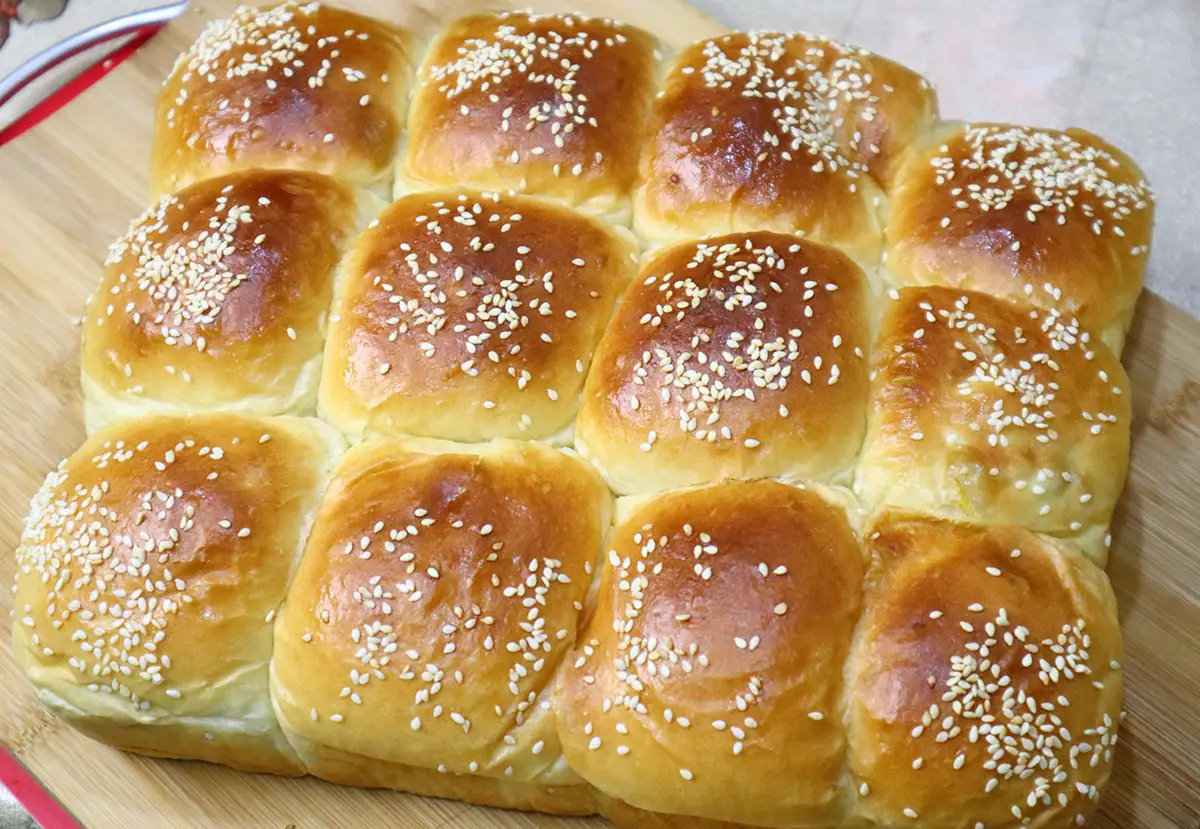Can You Freeze Knishes? (A Simple Guide to Freezing Knish)
Knishes are a Jewish staple, hailing from New York City, and are probably one of the most underestimated comfort foods you can eat. Once you’ve made them, they’re so delicious that it’s essential to store them properly, lest they lose all of their precious flavors. So, can you freeze knishes?
You can freeze knishes. In order to freeze them properly, it’s imperative to wrap them tightly in aluminum foil or keep them wrapped securely in freezer bags. Knishes can last up to six months in the freezer, whereas they’ll likely last only seven to ten days in the refrigerator.
In the rest of this article, I’ll give a brief overview of knishes and explain how to freeze them correctly. I’ll also present other ways you can keep knishes fresh and how to make sure they never lose their flavor.
What Is a Knish?
A knish (pronounced with a resounding ‘k’) is a pastry pouch filled with delightful ingredients. Knishes can be savory or sweet, although they’re more often savory. Usually packed with potatoes and onions, they’re similar to the British Cornish Pasty. A knish makes for excellent comfort food.

You can put anything you like in knishes if you’re making them at home, including:
- Cheese
- Any vegetable variants
- Meat
- Chicken
However, in most commercial settings, a knish is usually stuffed with lots of spice, potatoes, and sweet onion.
Knishes are traditionally deep-fried, and their sister knish – the kasha knish – is a flaky version of the same thing. Jewish communities worldwide enjoy this gorgeous dish, so storing it appropriately is essential.
They originally come from New York, where Jewish immigrants began to sell them in the very first ‘knishery,’ Yonah Shimmel.
Freezing Knishes: What You Should Know
If you’re having a dinner party in the future, or just love having these little pockets on hand for a rainy day, freezing knishes is the best way to store them.
You can freeze knishes as long as they’re wrapped individually and kept tightly packed. If they suffer from freezer burn, or the air gets to them, they’ll sadly lose their taste. Therefore, it’s essential that they’re frozen properly.
Freezing is a great way to preserve food since keeping food in the refrigerator is most often not the best way to conserve foodstuffs long term. Preventing the growth of bacterial spores is essential to maintaining knishes in good condition until you’re ready to eat them.
If you want to freeze your knishes, you need to make sure that you use freezer bags that can be sealed. Cover the bag with cling wrap to prevent the knishes from getting freezer burn, and to preserve their integrity.
How To Freeze Knishes
The best way to freeze knishes is before they’re cooked. Once you have made them, freeze them individually on a backing tray for a couple of hours before wrapping them up so that their shape isn’t destroyed and won’t stick to the foil or bags.

Once you’re ready to wrap them, use aluminum foil to wrap each knish individually. If you don’t do this, all the knishes will stick together in the freezer and become one huge knish. It’s nearly impossible to pull them apart without breaking or otherwise damaging them if this happens, so it’s best to prevent it rather than trying to fix it.
Finally, follow these steps to finish freezing your knishes:
- Ensure that they’re wrapped tightly enough to prevent air from getting in and to maintain their square shape.
- Place all the individually-wrapped knishes inside sealable bags.
- Don’t overstuff the bags; leave room for expansion.
- Add the date to each bag so you’ll know precisely when you froze them.
- Stick them in your freezer!
That’s all it takes! Then, you can freeze them for up to six months.
How To Defrost Knishes
Defrosting knishes is simple if they haven’t been cooked yet. If they’re made from potatoes, you can cook them directly from frozen since the potato inside the pockets will soak up any extra liquid present from the freezing process.

If your knishes aren’t made with potatoes, the best thing to do is to defrost them thoroughly on an oven-proof tray. Doing this will ensure that their shape will maintain their integrity while defrosting since the water that comes out of the thawing process might ruin their form if placed in the oven without first defrosting.
Once thawed, put the knishes in the oven at 375 °F (190.56 °C) and bake them until they become brown and crispy. Serve immediately after they come out of the oven, as they’re best enjoyed hot.
Can I Store Knishes in the Refrigerator?
You can store knishes in the refrigerator for up to ten days, provided they’re wrapped properly and that there are no holes in the wrapping for air to get in and spoil them.
Storing knishes in the fridge is an excellent way to keep them fresh for a few days, but freezing them is better if you aren’t sure if you’ll finish them within the week.
If you store your knishes in the fridge, it’s best to cook them before they go in the refrigerator. If stored uncooked, they’ll likely lose their shape before they’re cooked. You can cover them and put them in the oven for ten minutes when you want to reheat them.
Final Thoughts
Knishes are easily frozen and last for a considerable amount of time if done correctly – as long as they don’t suffer from freezer burn, your knishes will taste just as good as they would’ve if they’d been fresh.
If you decide to freeze them, make sure you don’t consume them if they’ve been frozen for more than six months. After more than six months in the freezer, you may find that they have completely lost their taste and integrity.






